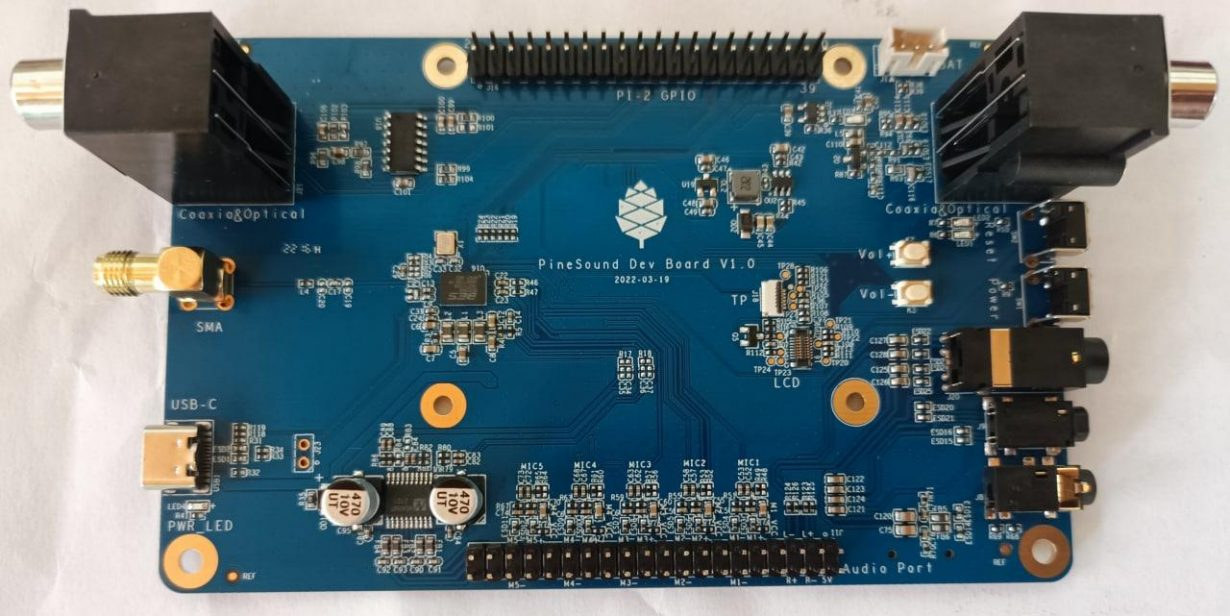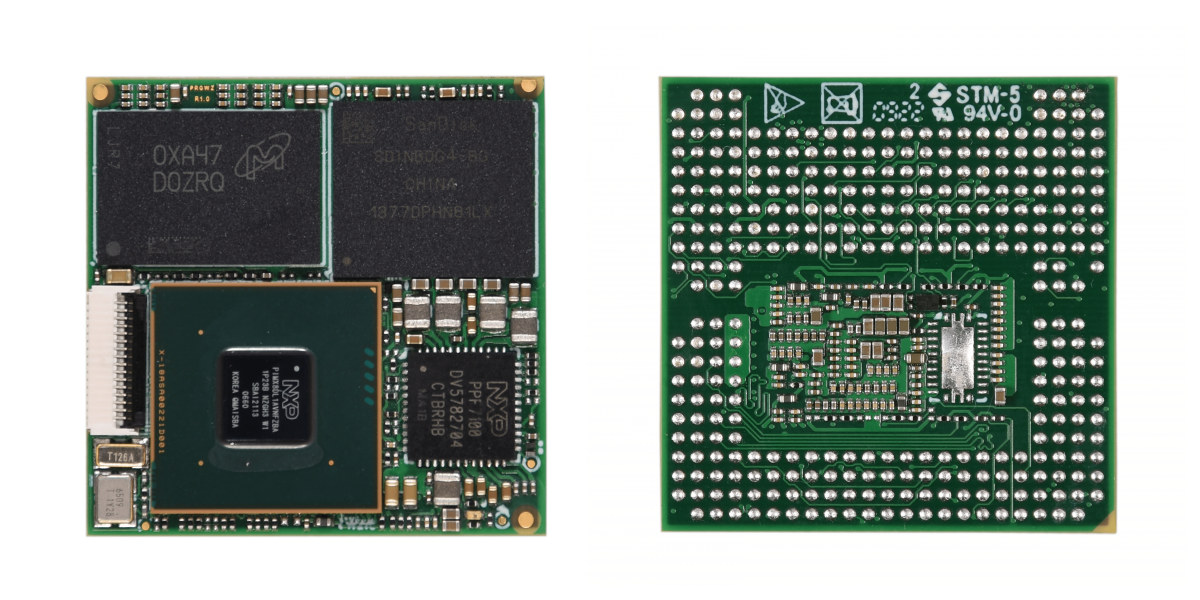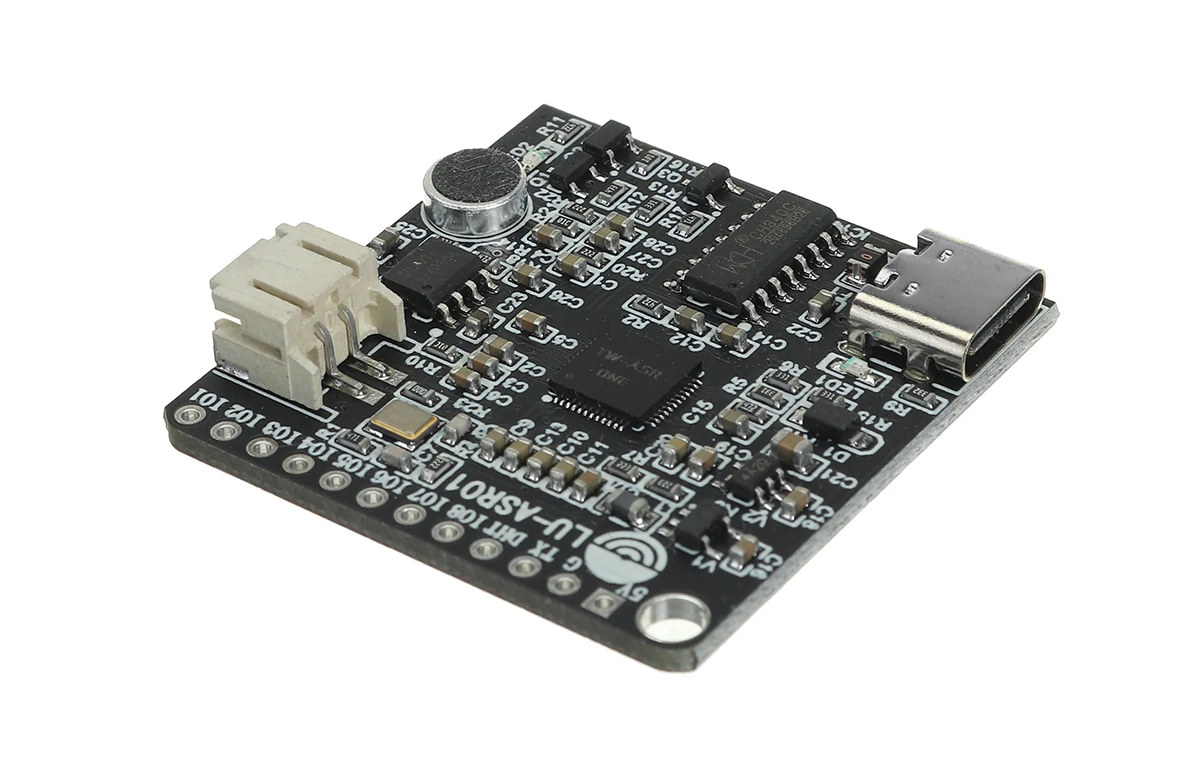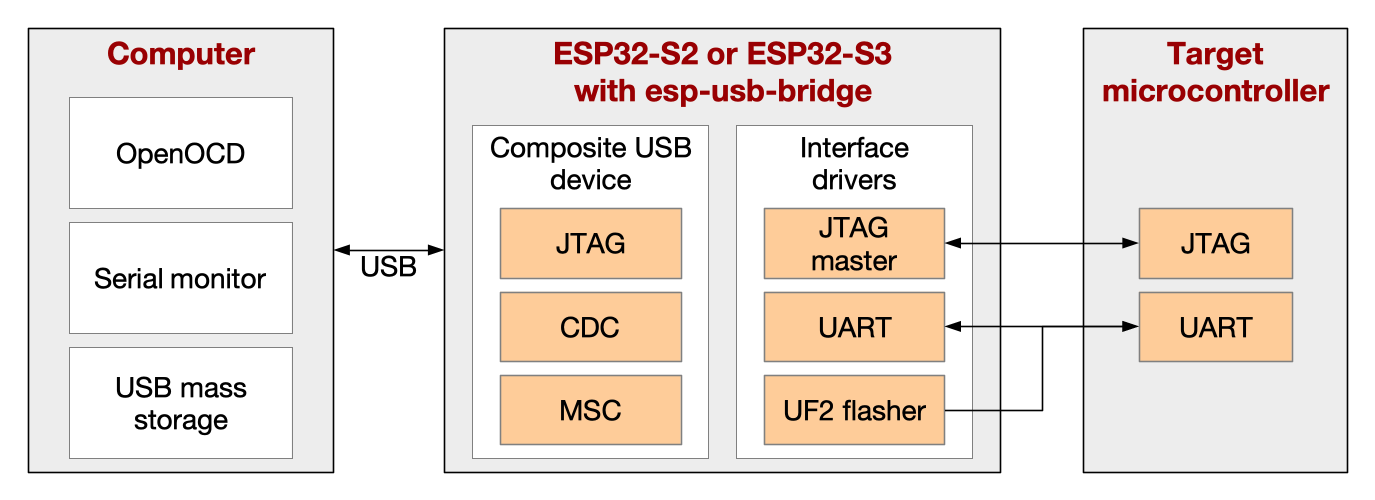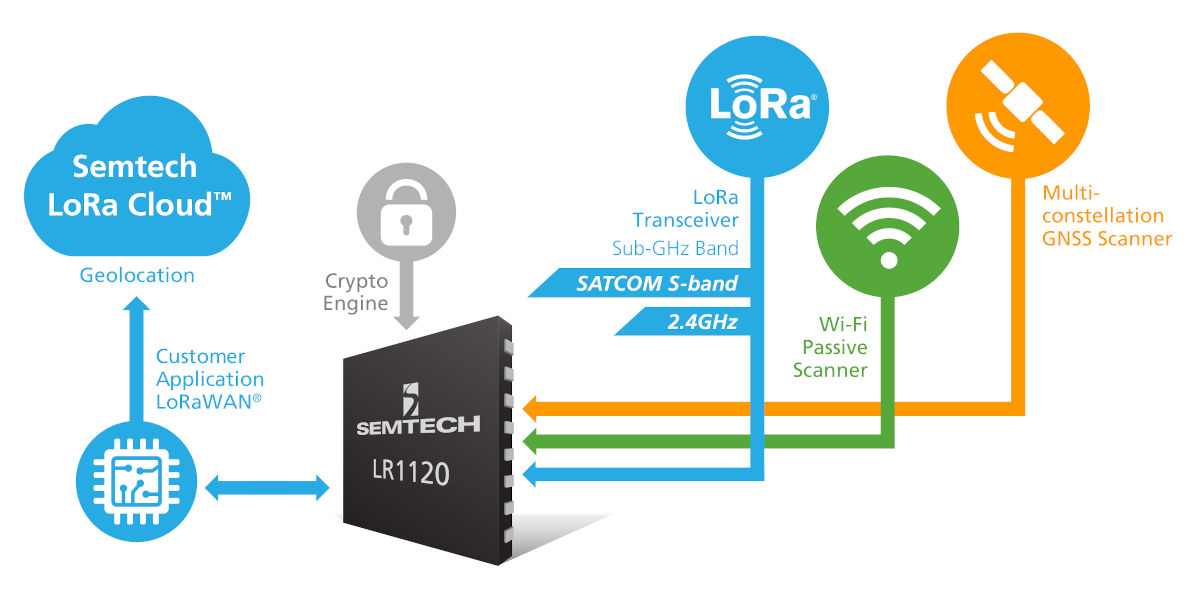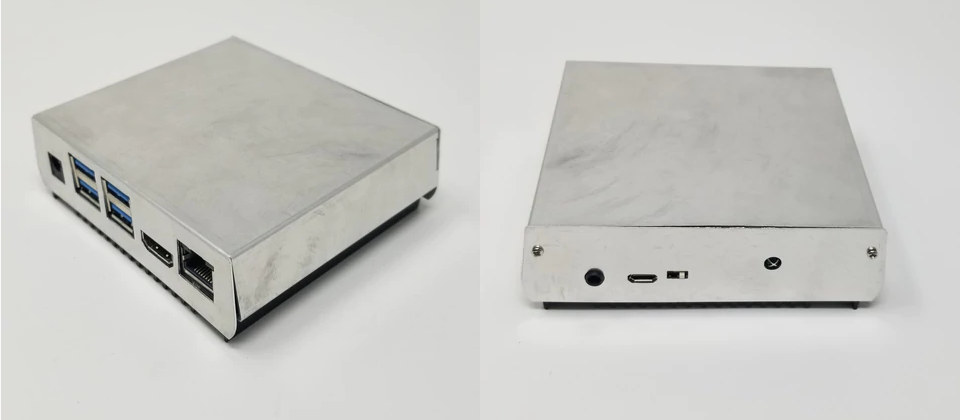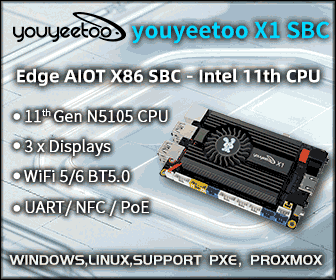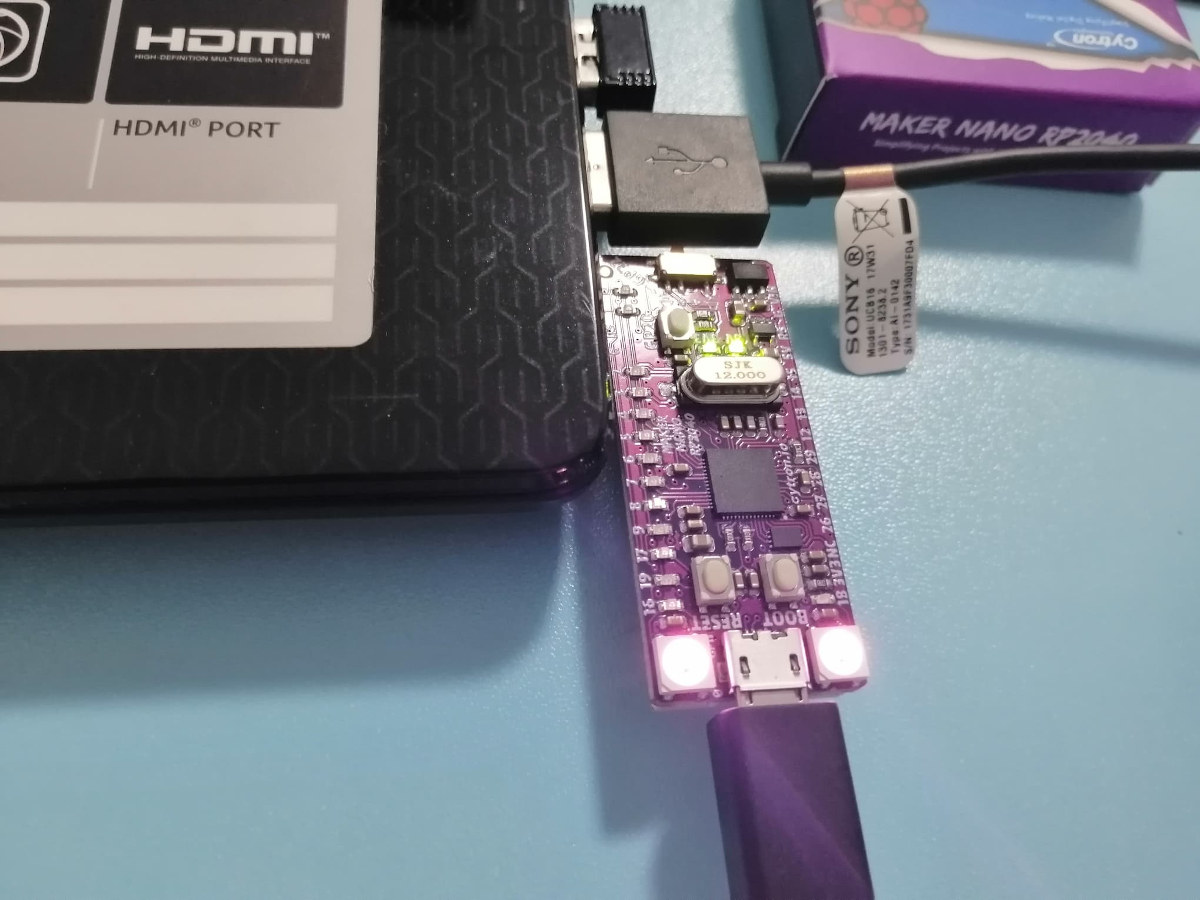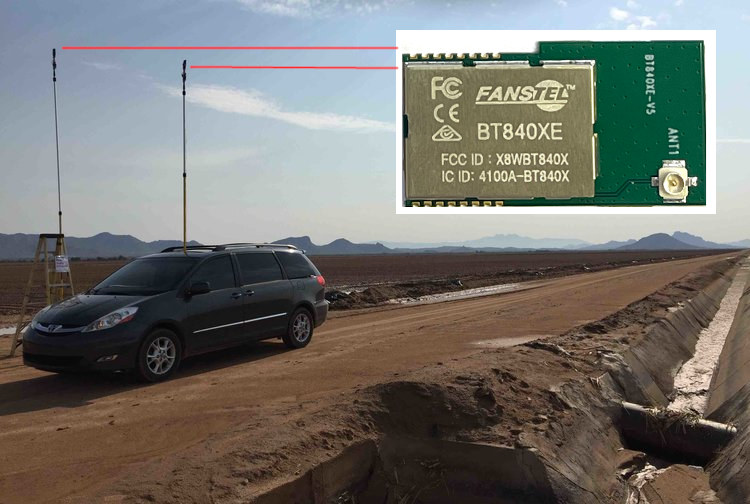You may have read Pine64’s April’s Fools spoof about the PineBuds and PinePod earlier this month. It turns out those will be real, and the Pine64 PineSound development board will be used to bring the PineBuds earbuds and PinePod digital audio player to market. The PineSound board features Bestechnic BES2300 Bluetooth 5.0 audio chip, two coaxial & optical input and output, a 3.5mm headphone jack, 4.4mm and 2.5mm balanced jacks, an SMA connector, a USB Type-C connector, plus interfaces for a touchscreen display. PineSound preliminary specifications: WiSoC – Bestechnic BES2300-YP dual-core Arm Cortex-M4F @ up to 300 MHz with HW DSP instruction, 992KB SRAM, 4MB flash, Bluetooth 5.0 dual mode. Supports hybrid ANC (active noise cancellation) and TWS (true wireless stereo). Note: the datasheet has been made available in the comments section. Display – LCD (should be SPI) and touch panel connectors Audio Coaxial & optical input (left) Coaxial & […]
OSM Size-S compliant LGA system-on-module is powered by NXP i.MX 8XLite processor
iWave Systems has launched another system-on-module compliant with the SGET OSM (Open Standard Module) standard with the iW-RainboW-G46M powered by NXP i.MX 8XLite Cortex-A35 processor designed for V2X and IIoT applications and following OSM Size-S (30x30mm) form factor The new system-on-module follows the iW-RainboW-G40M module with NXP i.MX 8M Plus processor and OSM Size-L (45x45mm) form factor launched at the beginning of the year. The iW-RainboW-G46M comes with 2GB RAM and 8GB flash by default, Gigabit Ethernet, PCIe, and CAN interfaces among others, and can operate in a wide -40°C to +125°C temperature range. iW-RainboW-G46M specifications: SoC – NXP i.MX 8XLite Dual/Solo Cortex-A35 processor @ up to 1.2 GHz with Cortex-M4F real-time core, on-chip V2X accelerator (but no GPU, no VPU) System Memory – 2GB LPDDR4 (expandable) Storage – 8GB eMMC Flash (expandable) 332 balls contact grid with Display – 18-bit RGB LCD interface Audio – 1x I2S Networking – […]
$8 LU-ASR01 offline speech recognition board features “TW-ASR ONE” chip
LU-ASR01 is a board capable of offline speech recognition with a built-in microphone, a speaker connector, twelve through holes for GPIOs and a temperature sensor interface for DHT11/DS18B20, plus a USB Type-C port for power and programming. At first, I thought it might be based on the Unisound US516P6 microcontroller which we’ve seen on some inexpensive offline speech recognition modules, but the chip looks completely different, with the marking TW-ASR ONE. So let’s investigate… LU-ASR01 board specifications took some effort, but here’s what I’ve managed: MCU – TW-ASR ONE (aka TWen ASR ONE) microcontroller with 4MB flash, 512KB RAM, and a BNPU for voice processing; package: QFN48L (6x6x0.85mm) Audio I/O Built-in microphone 2-pin speaker header plus 3W power amplifier for 4Ω/3W speaker Voice recognition Up to 10 meters wake-up range 98% ultra-high recognition rate Customizable to 5 wake-up words and 200 recognition words USB – 1x USB Type-C port for […]
ESP USB Bridge project converts ESP32-S2 or ESP32-S3 into a USB to UART/JTAG chip
Espressif’s ESP USB Bridge is a project based on the ESP-IDF that leverages ESP32-S2 or ESP32-S3 USB interface to use the board as a USB to UART or USB to JTAG debug board. It can serve as a substitute for USB to TTL debug boards based on CH340 or CP2104 for instance, be used with OpenOCD in JTAG bridge mode, and also flash UF2 firmware file to the target board. As just mentioned, there are three main use cases: Serial bridge mode with a terminal program or a firmware flashing tool like esptool. In that case, it just works like your typical USB to TTL debug board JTAG bridge mode for JTAG debugging with OpenOCD, and if the target board is based on ESP32, you can use openocd-esp32 project Mass storage device where the board can be accessed by a file manager on the host computer. One of the specific […]
Semtech LR1120 enables global asset tracking with multi-band LoRa, WiFi, and GNSS
Semtech LoRa Edge LR1120 is an ultra-low-power multi-band chip designed for global geolocation and asset tracking applications including direct satellite-connected Internet of Things (IoT) applications in supply chain management and logistics. Not only does the LR1120 features the usual sub-GHz LoRa radio found in most other chips from the company, but also comes with 2.4GHz LoRa and SATCOM S-Band support for satellite, as well as a GNNS radio compatible with GPS and Beidou, and a WiFi radio for indoor positioning (but no WiFi RTT/802.11mc support). Semtech LR1120 key features and specifications: Low-power high-sensitivity LoRa/(G)FSK half-duplex RF transceiver Worldwide ISM frequency bands support in the range 150 – 960MHz (Sub-GHz) and 2.4GHz, as well as 1.9-2.1GHz (S-Band) Low Noise Figure RX front-end High power PA path +22dBm in the Sub-GHz band Up to +11.5dBm in the 2.4GHz band LR-FHSS modulator Integrated PA regulator supply selector to simplify dual power +15/+22dBm with […]
ameriDroid introduces $20 aluminum case for ODROID-N2+ SBC
You may know ameriDroid as a reseller of single board computers and accessories, but the US company has now designed and manufactured its first accessory with an aluminum case for ODROID-N2+ SBC. ameriDroid says the design of their enclosure is based on the metallic blue case found in the Home Assistant Blue gateway also powered by ODROID-N2+ board, and everything was 100% designed and manufactured by ameriDroid in the United States, specifically in Kentucky and California for the R&D, while the factory is located in Ohio. The enclosure has mostly been designed for industrial application, think of a factory floor for instance, so it may not be the prettiest. The company even explains that it is made of unpainted, unfinished aluminum with potentially some minor surface marks from the manufacturing process, but that it could be polished or painted for a better finish. It ships as a kit with an […]
Getting started with Maker Nano RP2040 using CircuitPython: Blinky, RGB LED, and Piezo Buzzer
CNXSoft: This getting started guide was initially posted in Thai language by Suthinee Kerdkaew, and I’ve just translated her work into English with some minor edits. As discussed in an earlier article, Maker Nano RP2040 is a board following the Arduino Nano form factor, but with a more powerful Raspberry Pi RP2040 microcontroller. The board also comes with plenty of LEDs, as well as two RGB LEDs, and a piezo buzzer for audio output. Mr. Jean-Luc Aufranc has just given me a Maker Nano RP2040 board received from Cytron for review. I’ve never used a board before, so it’s my first experience, and in this article, I’ll try to program Maker Nano RP2040 with CircuitPython with three demos: a blinky sample, changing the color of the RGB LEDs, and playing a melody through the piezo buzzer. Let’s see if I can do it. Let’s get started. I first downloaded the […]
Nordic Semi nRF52840 Bluetooth 5.2 LE module achieves over 10 km range
Fanstel BT840XE is an nRF52840 Bluetooth 5.2 LE module with a power amplifier designed for transmission at over 4500 meters, and some deployments with two BT840XE modules and 0Dbi antennas even reach over 10 km. At home, I can use my Bluetooth headset about 6 to 8 meters from my phone before the audio starts cutting, and most Bluetooth devices have an advertised 10-meter range, although Bluetooth class 2 devices could transmit up to 100 meters away. But with Bluetooth 5, the wireless standard improvement meant it was not possible to get four times the range, and/or some further extended the range of their hardware with a power amplifier as we’ve seen with the RFCat N32 board a few years ago. Last week, I got contacted by a company called RF Star about a Texas Instruments CC2652P multi-protocol mobile with PA (power amplifier) that could achieve a range of 500 […]

